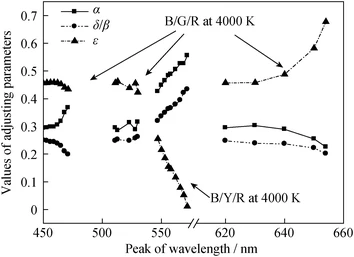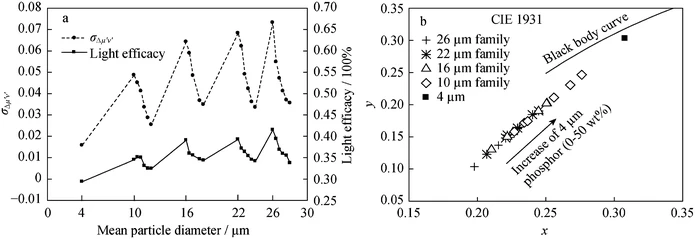J. Lumin., 2014, 152, 199. https://doi.org/10.1016/j.jlumin.2013.11.023.

Strontium silicate Sr2SiO4 undergoes a displacive phase transformation around 85 °C. However, the steady state spectra involved in the process lacks investigation. In this paper, two kinds of Sr2SiO4:Eu2+ with and without Ba ions are synthesized. They are tested for XRD patterns and luminescent spectra at varying temperatures. The results show that Ba ions could effectively suppress the phase transition. For sample without Ba, temperature-dependent XRD patterns confirm the occurrence of phase transition and the emission peak positions at varying temperatures demonstrate a hysteresis behavior. The color of sample heated to 100 °C under UV illumination is distinguishable from that unheated. This structure-sensitive behavior make Sr2SiO4:Eu2+ as potential thermochromic material.



